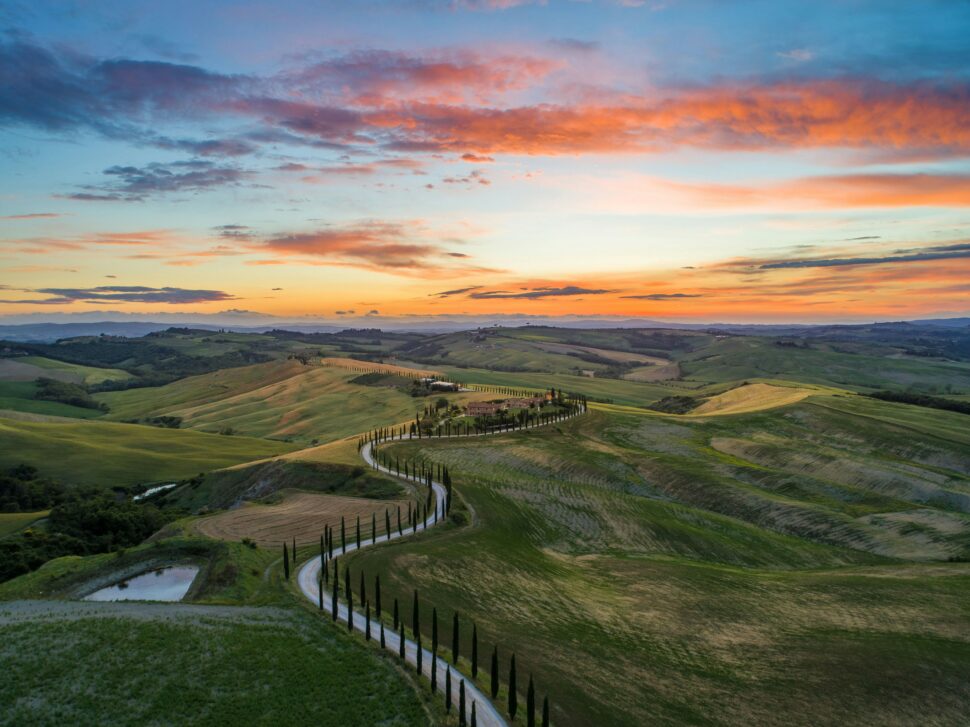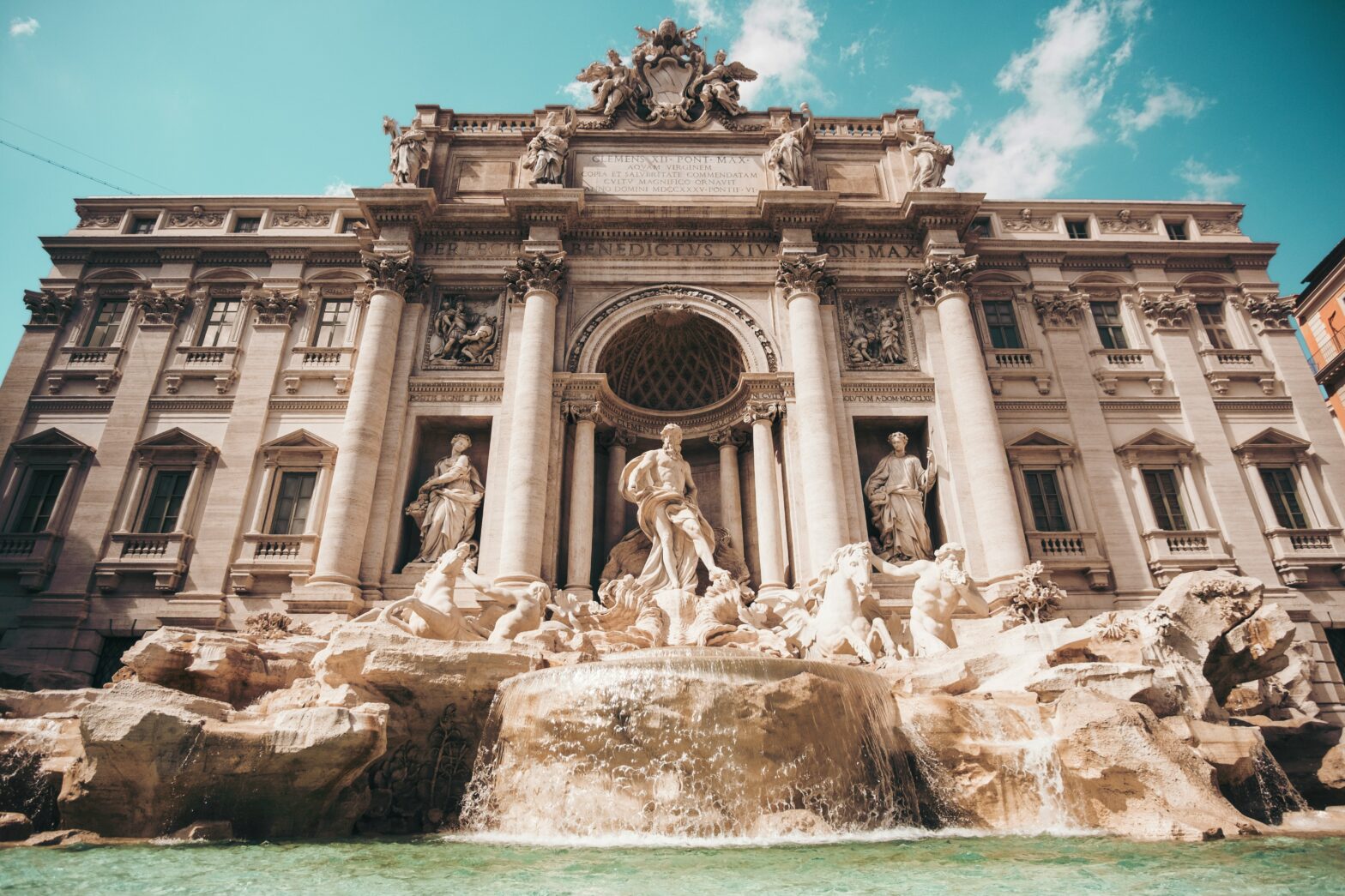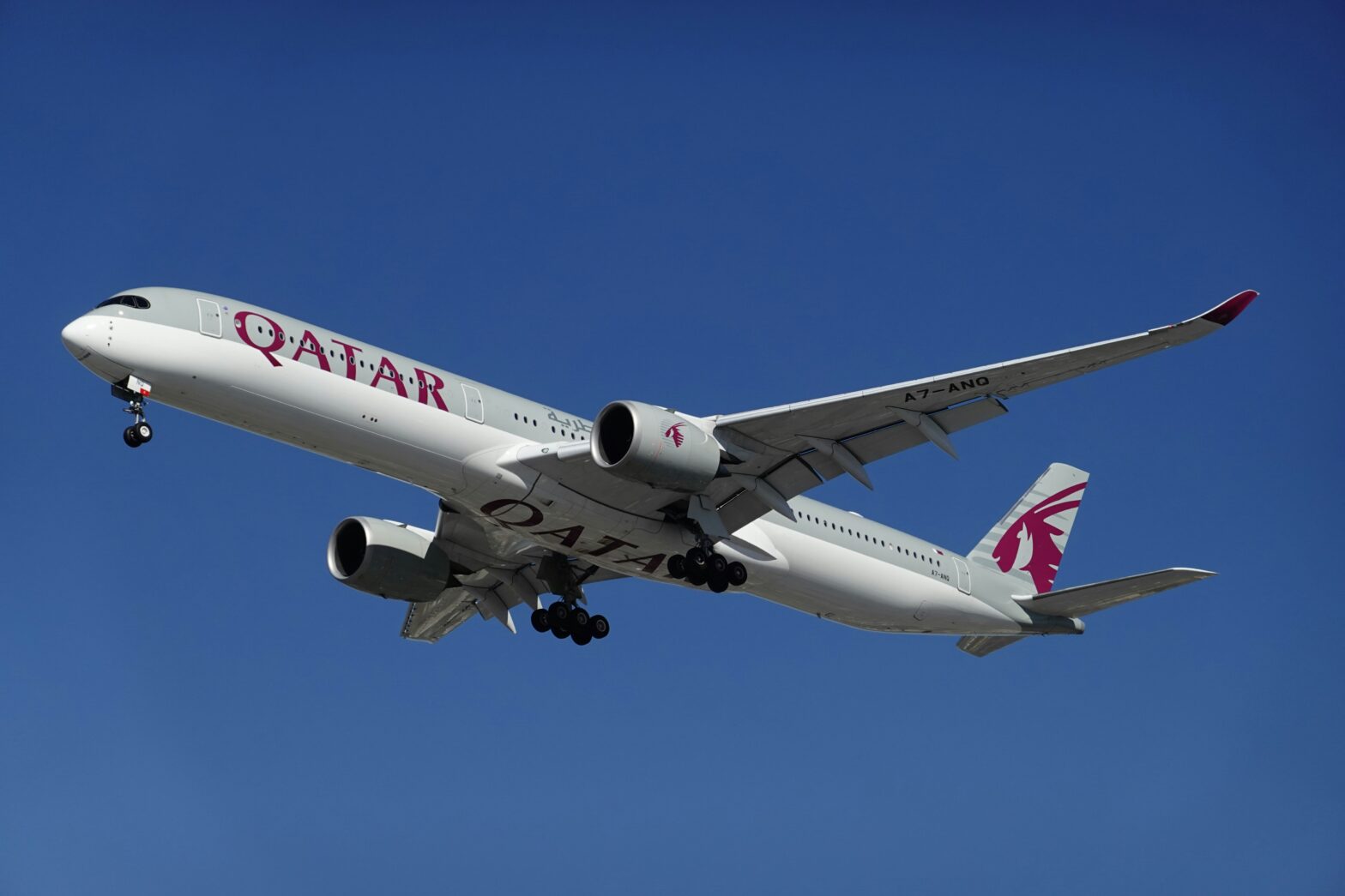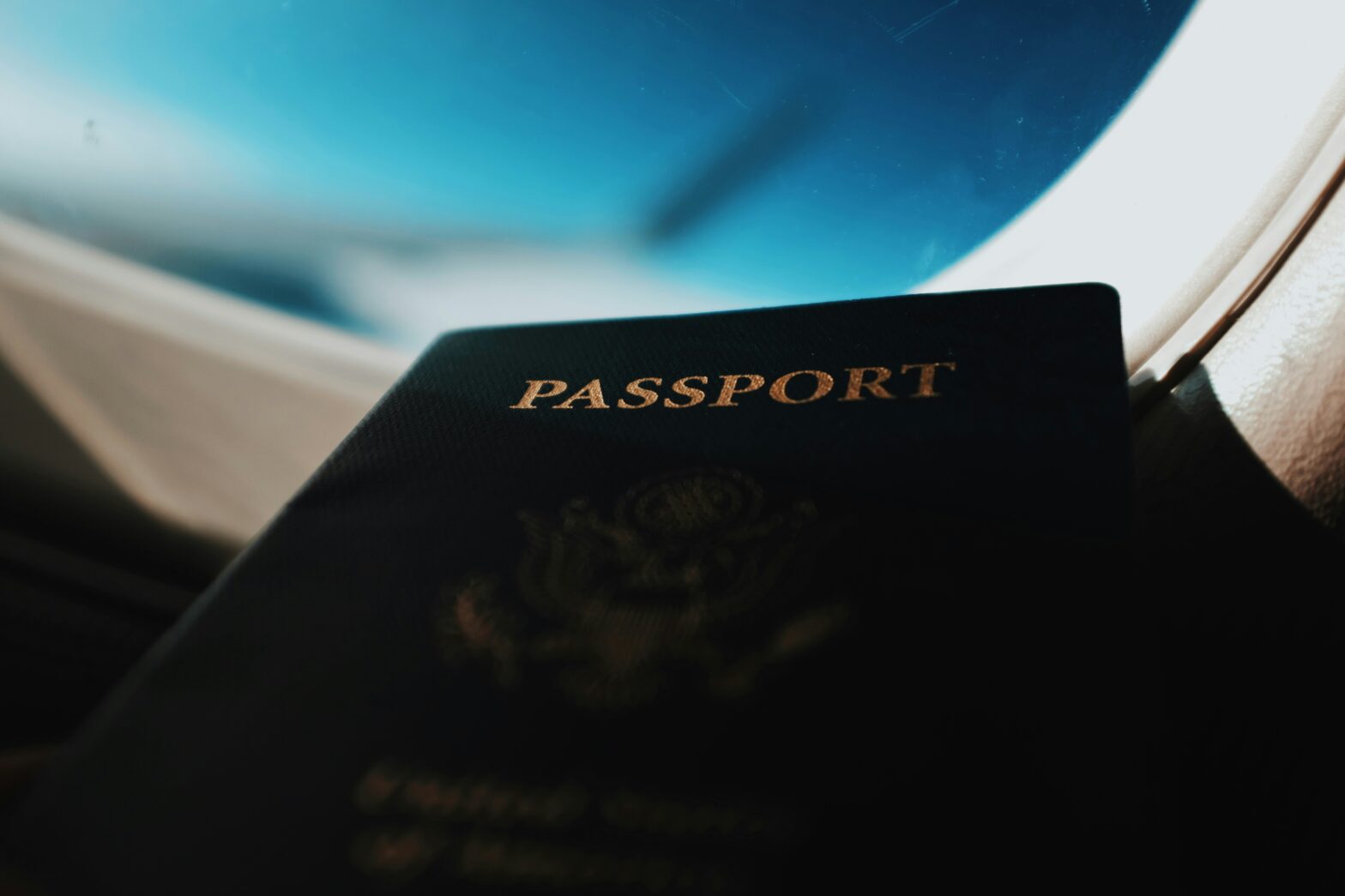Italy’s well-developed infrastructure, tourist-friendly environment, and low violent crime rates make it a great destination for solo travelers and a dream for many. Whether you have a propensity for history, landscapes, or world-renowned cuisine, Italy is a fantastic destination for new adventures and experiences, regardless of whether they are solo trips or family getaways. In this guide, we’ll explore things to do, how to stay safe, and the best places to stay to make the most out of your trip.

Things to Do on Your Solo Trip to Italy
Italy offers a diverse pallet of activities that cater to all types of solo travelers, allowing you to explore at your own pace. Wander through the streets of Rome, admire the art in Florence, and take a gondola ride in Venice. These iconic cities are packed with cultural experiences and landmarks that require careful planning. For a more intimate and authentic Italian experience, visit lesser-known destinations like Bologna, Matera, or Cinque Terre.
Indulge in Italian cuisine by joining a cooking class in Tuscany, savoring gelato in Rome, or sampling fresh seafood along the Amalfi Coast. For those with a proclivity for history, marvel at the ancient ruins of the Colosseum, Pompeii, and the Leaning Tower of Pisa. For the views, take scenic train rides to stunning regions such as Lake Como, the Dolomites, and Sicily.
How to Stay Safe While Traveling Solo in Italy
While Italy is generally safe, solo travelers should always take precautions to ensure a smooth and enjoyable trip. Keep an eye on your belongings, especially in crowded areas like train stations and tourist hotspots. Avoid standing out as a tourist by dressing like a local and being discreet with valuables: this means avoiding sportswear, steering clear of oversized backpacks, no flip-flops, and don’t dress too casually at night. Plan ahead by researching your destinations, routes, and accommodations to minimize last-minute stress.
Use trusted transportation options, such as official taxis, ride-sharing apps, or public transportation, and avoid accepting unsolicited rides. Consider Italy’s version of Uber and Lyft, Free Now (formerly myTaxi) or ItTaxi. Stay connected by keeping your phone charged and sharing your itinerary with a friend or family member back home.
How Much Should I Save for a Solo Trip to Italy?
With a little planning and mindful spending, traveling solo can keep things affordable without exceeding your budget. Here’s a breakdown of key expenses and savings strategies:
Flights
Your flight will likely be one of the most expensive parts of the trip. Book your flight at least 3-6 months in advance. Flights to Italy from the U.S. typically range between $500 and $1,200 round-trip, depending on the time of year and departure location.
Traveling in the shoulder seasons (April-May, September-October) can save you up to 30% on accommodations and flights. Avoiding peak summer months (June-August) helps you dodge crowds and inflated prices. Do your research and plan ahead!
Accommodations
Hotel rates vary significantly by region. In major cities like Rome or Venice, expect to pay anywhere from $70 to $150 per night for a budget hotel or private Airbnb. In smaller towns or rural areas, accommodation can cost between $40 and $90 per night. Staying for 7-10 days might cost you between $300 and $1,500 in total.
Amenities
For getting around, Italy’s train network is extensive and cost-effective. Regional trains cost around $10-$30 per trip, while high-speed trains can cost $30-$100, depending on the distance. A Trenitalia rail pass can save you up to 30% for travel across multiple regions, with passes ranging from $100 to $300 for 3 to 7 days.
Eating out in Italy can be affordable if you avoid tourist hotspots. A meal at a local trattoria typically costs $15-$30 per person. For breakfast, local cafés charge around $2-$5 for a coffee and pastry. Budgeting around $25-$50 per day for food will provide a comfortable range.
Attractions
Many of Italy’s cultural treasures are free, like public piazzas and churches. However, you may want to budget for paid attractions like the Colosseum or the Uffizi Gallery, which can range from $10 to $30 per entrance. A daily attraction budget of $20-$40 is reasonable for a blend of free and paid experiences.
Estimated Budget: For a 7-day solo trip to Italy, including flights, accommodation, meals, transportation, and activities, you should aim to save between $2,000 and $4,500, depending on your travel style.
Places to Stay During Your Solo Trip
Planning a solo trip to Italy means selecting the right accommodation can significantly enhance your experience. Here are some tailored recommendations across various lodging options:
Boutique Hotels:
- Florence: Consider staying at Hotel Rosso 23, a modern hotel praised for its central location and suitability for solo travelers.
- Rome: Hotel de Russie offers impeccable service and classic decor, making it a popular choice for those seeking a romantic ambiance.
Hostels:
- Milan: Ostello Bello Grande is renowned for its vibrant social atmosphere, making it ideal for solo adventurers looking to connect with fellow travelers.
- Rome: The RomeHello is highly rated for its cleanliness, spacious rooms, and welcoming environment, perfect for meeting other travelers.
Vacation Rentals:
- Tuscany: Opt for an Airbnb in the Tuscan countryside to enjoy a home-away-from-home experience amidst scenic landscapes.
- Milan: Consider renting a cozy apartment in the city center to immerse yourself in the local lifestyle while having the comfort of a private space.
Agriturismos:
- Countryside Retreats: Staying in an agriturismo allows you to experience authentic Italian culture, enjoy fresh local food, and take in scenic views.
Budget-Friendly Options:
- Siena: Explore budget hotels and guesthouses in Siena, offering affordable yet memorable stays in a historic setting.
- Lucca: Consider economical accommodations in Lucca, known for its well-preserved Renaissance walls and charming streets.
So, is Italy Good for Solo Travelers?
Italy’s welcoming culture, diverse attractions, and efficient transportation system make it an ideal destination for solo travelers. Whether you’re navigating historic cities, enjoying local delicacies, or relaxing in picturesque landscapes, your solo trip to Italy promises whatever type of adventure you covet. Plan ahead, be prepared, and enjoy.





